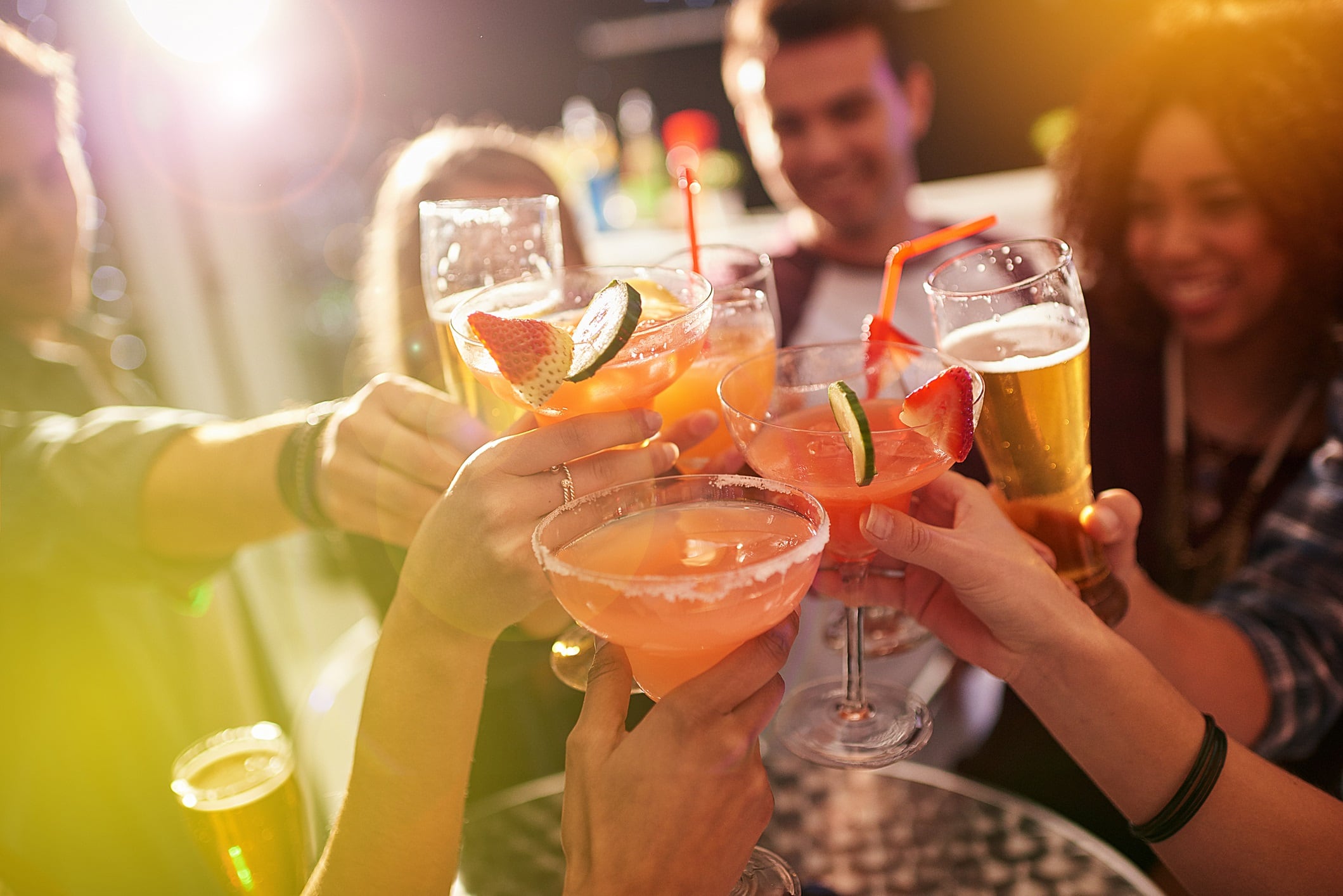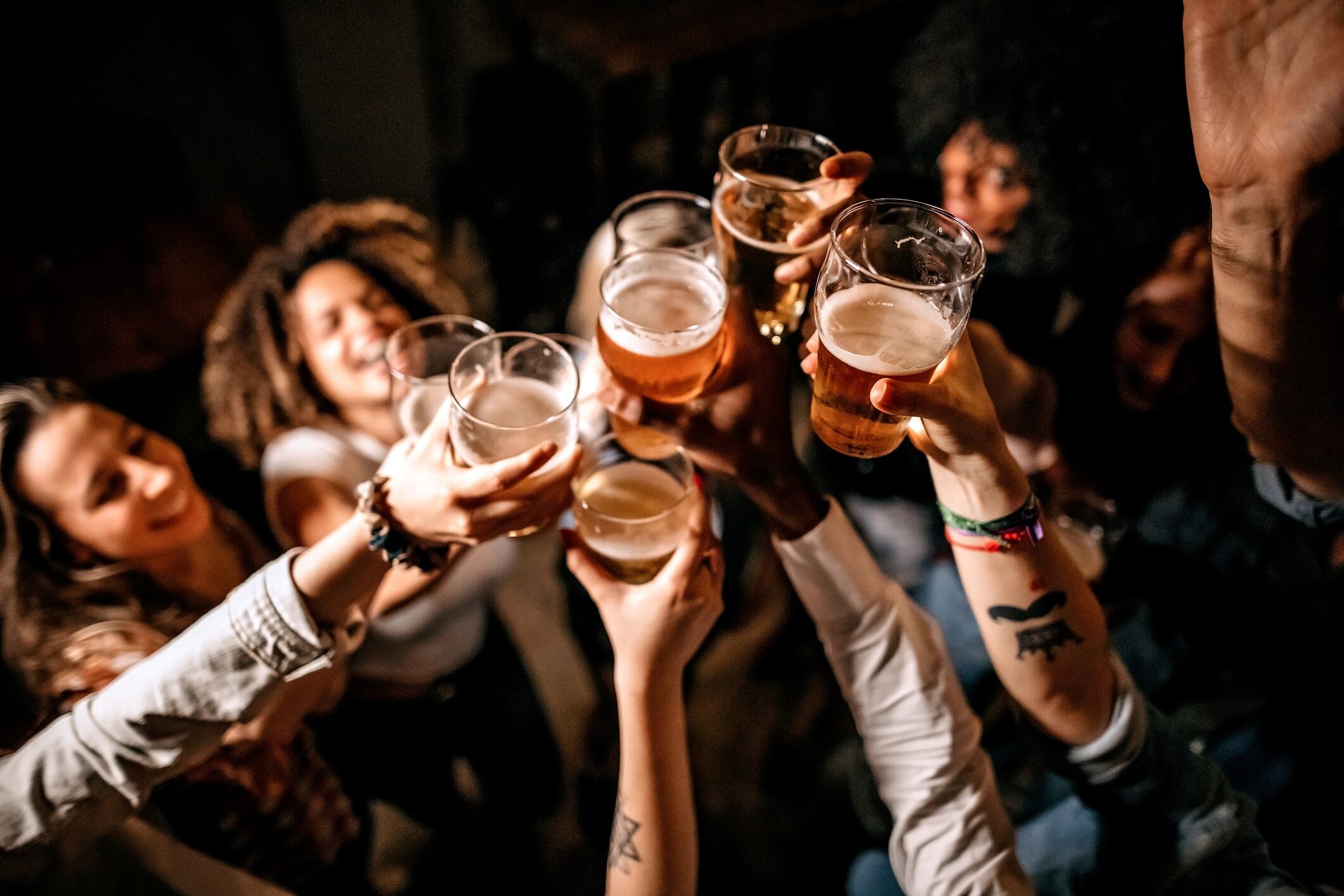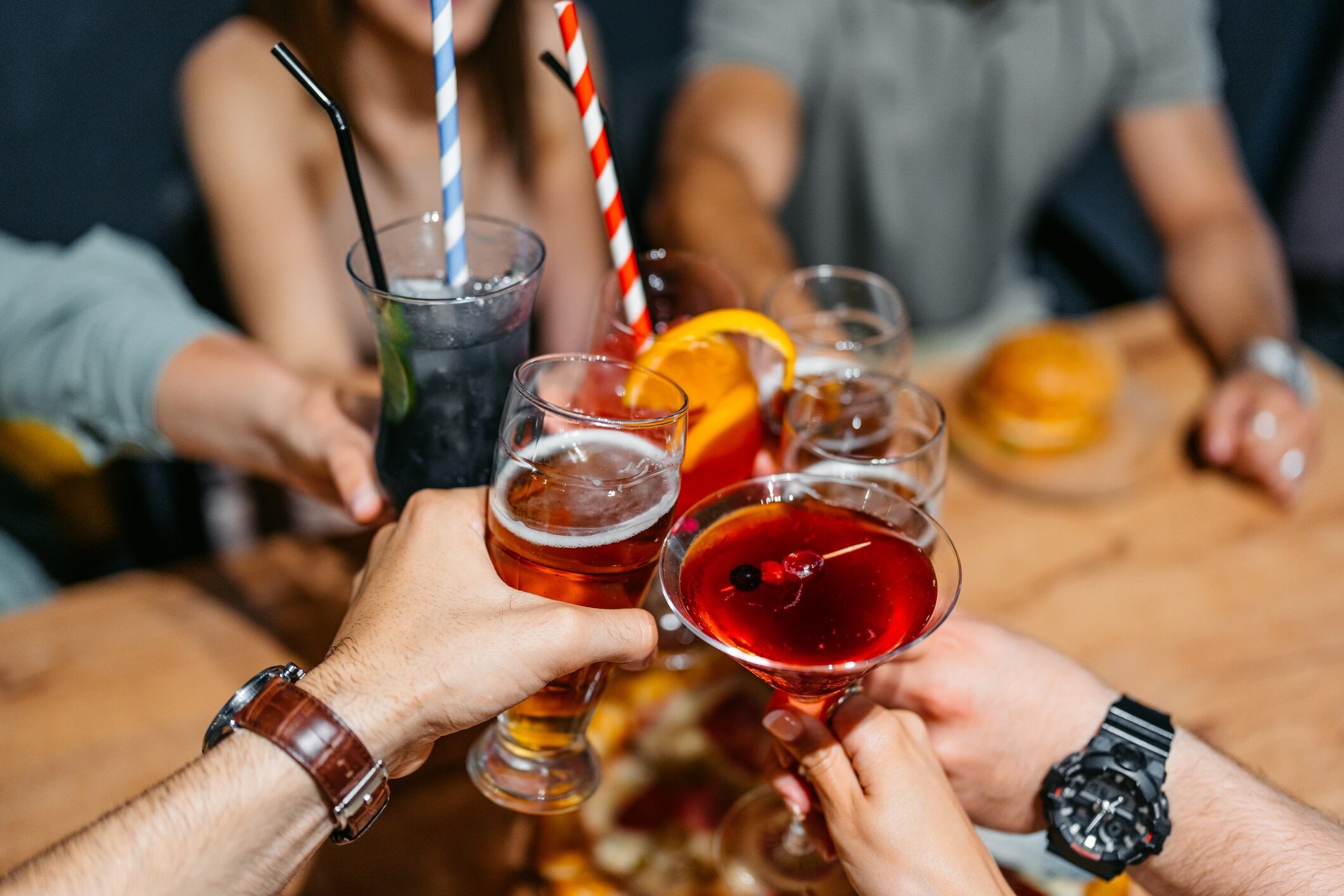Alcohol consumption has been in steady decline for decades, yet the industry remains a force to be reckoned with. So how is this giant of the beverage world achieving success in the face of potential disaster?
Alcohol sales rise as consumption falls
Alcohol consumption has fallen steadily since the mid-2000s, with figures from the World Health Organization (WHO) showing a drop of 0.5 litres per capita, since 2010.
And with a significant shift in attitudes towards alcohol, particularly amongst younger generations, this trend shows no signs of abating. In fact, it’s likely to continue.
Yet sales of alcohol remain strong, with the industry banking a whopping $1.68tn (€1.43tn) in sales this year alone (Statista). What’s more, the at-home market is projected to grow at a CAGR of 2.92%.
“The alcoholic drinks market is experiencing significant growth worldwide,” confirms a spokesperson for Statista.
So what’s the reason behind this unusual phenomenon?
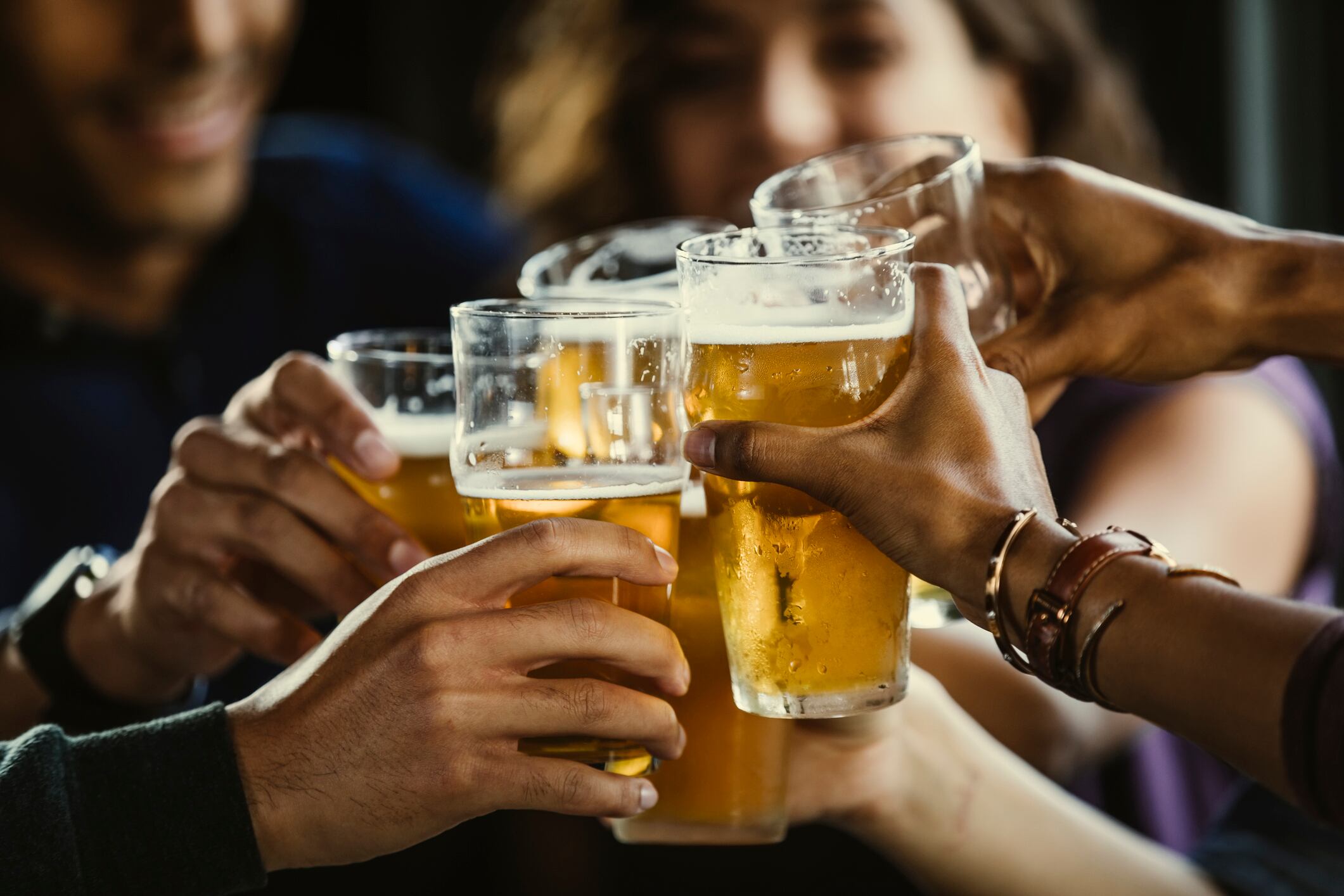
How is the alcohol industry still in growth?
Global population growth - jumping from 4bn in 1975 to 8.2bn in 2025 (Worldometer) - is one of the biggest factors bolstering alcohol sales. Because while individual consumers might be drinking less alcohol, there are simply more people drinking.
“Interestingly enough, alcohol consumption as a percentage of the population has remained the same over the last 50 years,” says Brian Rosen, founder of adult beverage private equity firm InvestBev. “The ratio between drinkers and non-drinkers hasn’t changed much during that time.”
What has changed is what people are drinking. Alcoholic beer consumption has experienced a noticeable drop, while drinks such as cider, perry (alcoholic drink made from fermented pear juice), and rice wine are on the rise (Statista).
Premiumisation, fuelled by economic growth, rising disposable incomes, and urbanisation, is also big in alcoholic beverages.
“We see premiumisation as a long-term growth driver, with brands adjusting to new, niche trends,” says Verushka Shetty, equity analyst at financial services company Morningstar.
According to Statista, this trend has also led to a rise in demand for craft beers, artisanal spirits, and small-batch wines.
Despite these shifts, certain countries and regions remain loyal to traditions and local produce.
“In countries with a strong wine culture, such as France and Italy, wine consumption remains high and is deeply rooted in the local traditions and lifestyle,” says a spokesperson for Statista.
Similarly, countries with a history of beer brewing, such as Germany and Belgium, have a thriving beer market with a wide variety of traditional and craft beers.
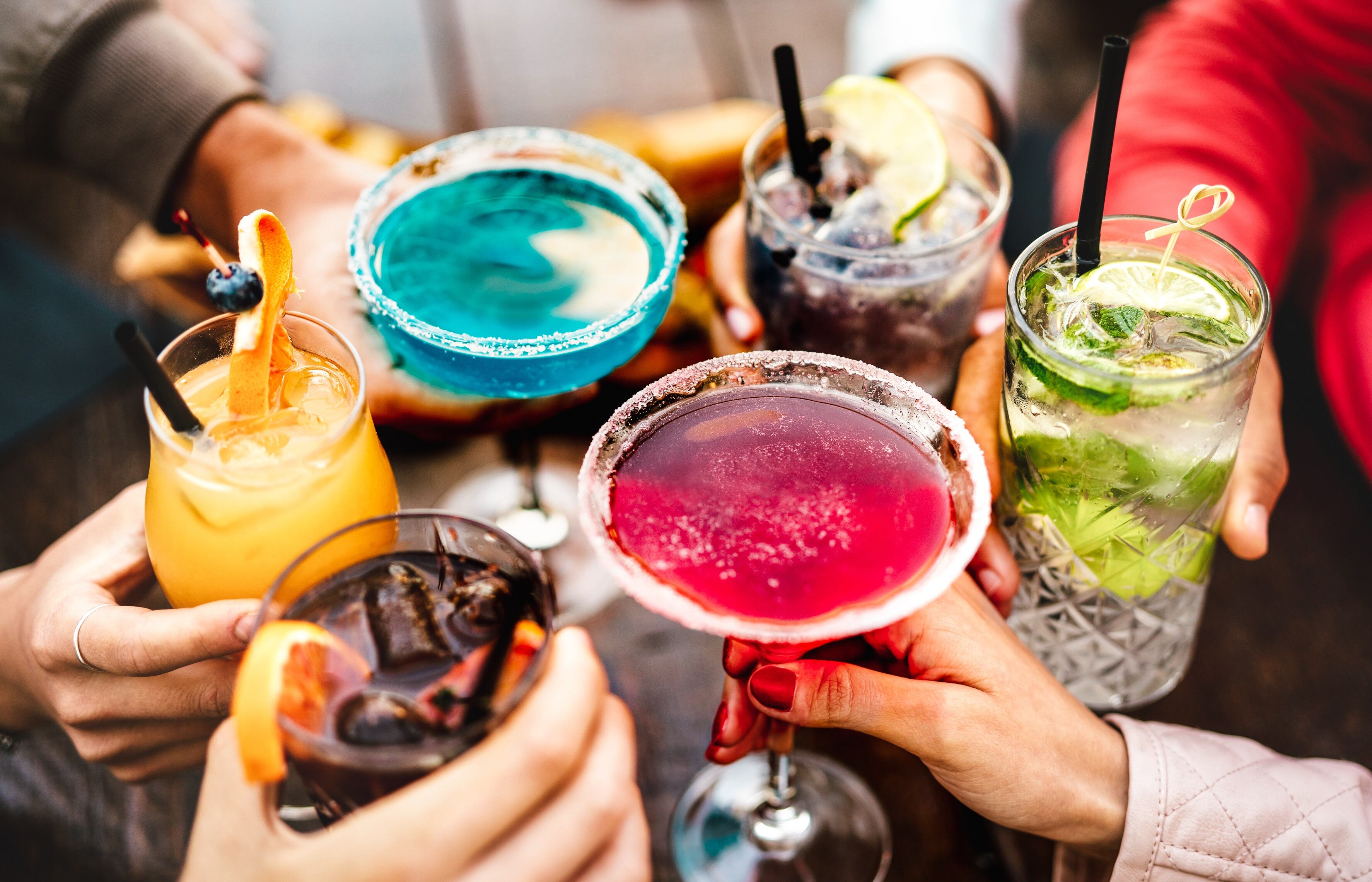
Low- and no-alcohol sector grows
Interestingly, the success of the alcoholic drinks sector is not just coming from alcoholic drinks. Low- and no-alcohol is also helping to support and sustain the industry, as brands diversify. Because if you can’t beat ‘em, join ‘em.
Non-alcoholic beers and mocktails are quickly growing in popularity as people ditch the hangover without resorting to soft drinks and juices. And major players, including Heineken, Erdinger, and Budweiser have joined the party with their own unique offerings.
The industry has diversified significantly to meet changing consumer preferences
Brian Rosen, InvestBev
“The industry has diversified significantly to meet changing consumer preferences” says InvestBev’s Rosen. “We’re seeing growth in cannabis-infused beverages, particularly Delta-9 drinks, as well as a surge in non-alcoholic options and gut-health-oriented products.”
Added to that, the rise of e-commerce is changing how people shop. Online platforms have made it easier for consumers to explore, and get their hands on, a wide range of alcoholic drinks with ease. This has opened up new distribution channels for both established brands and small-scale producers, enabling them to reach a larger customer base.
Social media and digital marketing have also played a major role in promoting and creating awareness about new products, driving engagement and loyalty.
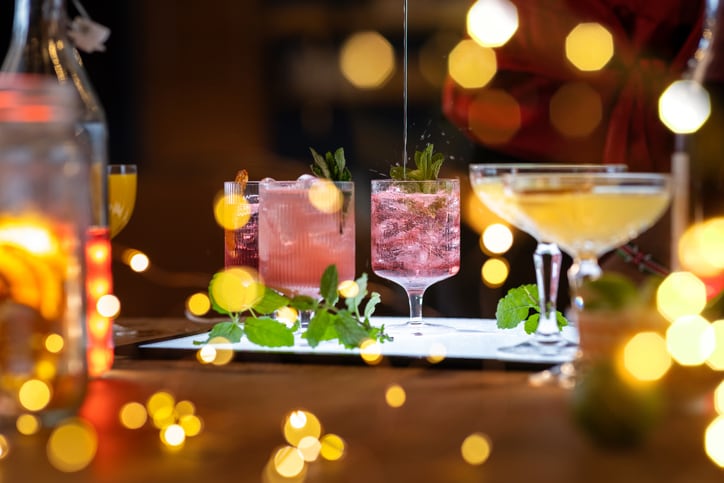
The future of alcohol
All in all the future looks bright for the alcohol industry, so long as it continues to move with the times.
“As the population ages, people may drink less alcohol, but they are still drinking,” says InvestBev’s Rosen. “We expect continued innovation in both product variety and delivery systems, from cans and bottles to larger formats like kegs and vats.”
Brands are also urged to be mindful of sustainability, as customers are increasingly focusing on environmental responsibility, and are seeking brands that hold these values.
This is powering demand for organic and biodynamic wines, along with eco-friendly packaging solutions, meaning that companies that embrace sustainable practices and communicate their efforts effectively are likely to gain a competitive edge in the market.
Continuing to grow into alcohol-free offerings is also key, as InvestBev’s Rosen says, “the no- and low-alcohol space is just getting started”.
Watch out...
One potential spanner in the works for alcohol brands is the push by the World Health Organization (WHO) for a colossal 50% rise in alcohol prices.
The WHO has long been an advocate for taxes on alcohol, but its latest initiative calls for drastic, measurable policy shifts.


